In some deep subterranean aquifers, cells have a chemical trick for making oxygen that could sustain whole underground ecosystems.
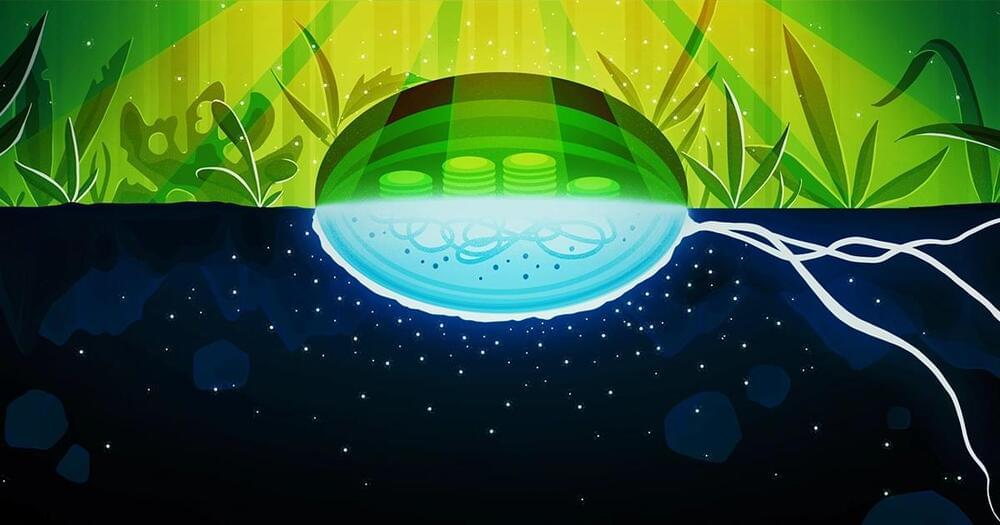

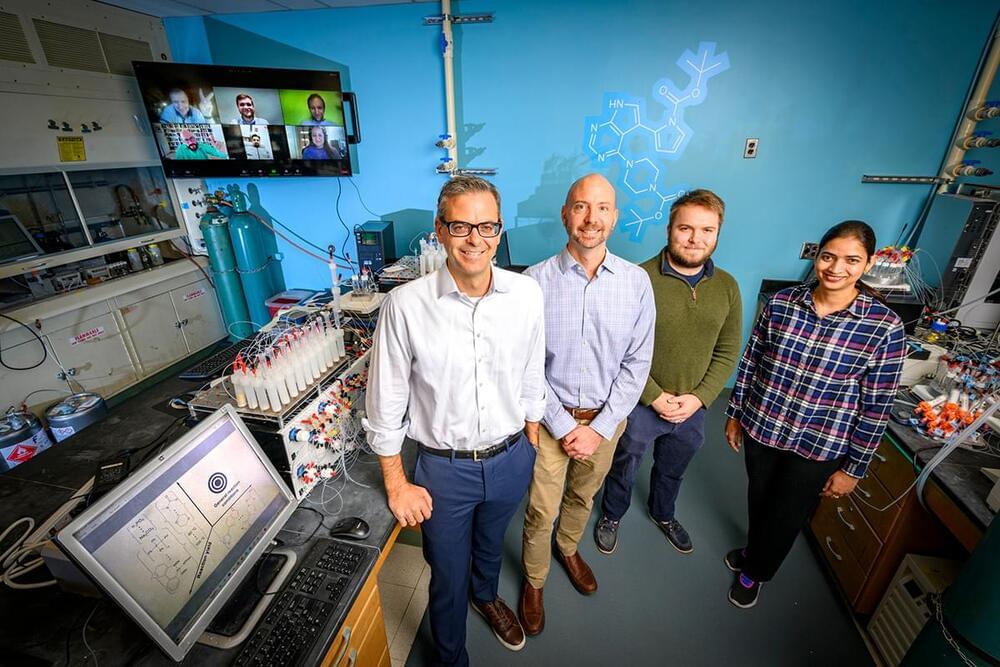
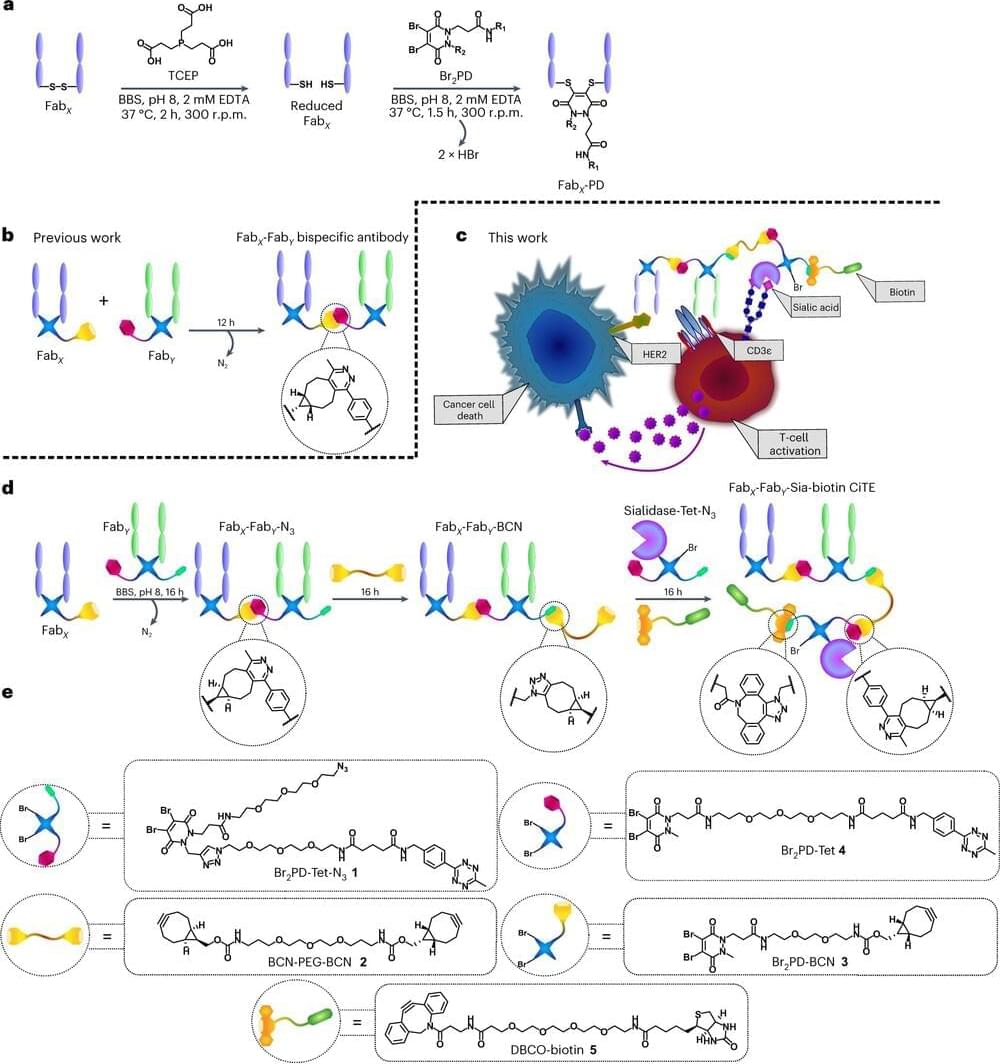
A potent anti-cancer therapy has been created using Nobel prize-winning “click chemistry,” where molecules click together like LEGO bricks, in a new study by UCL and Stanford University researchers.
The study, published in Nature Chemistry, opens up new possibilities for how cutting-edge cancer immunotherapies might be built in future.
The research team created an anti-cancer therapy with three components: one targeting the cancer cell, another recruiting a white blood cell called a T cell to attack the cancer cell, and a third knocking out part of the cancer cell’s defenses.
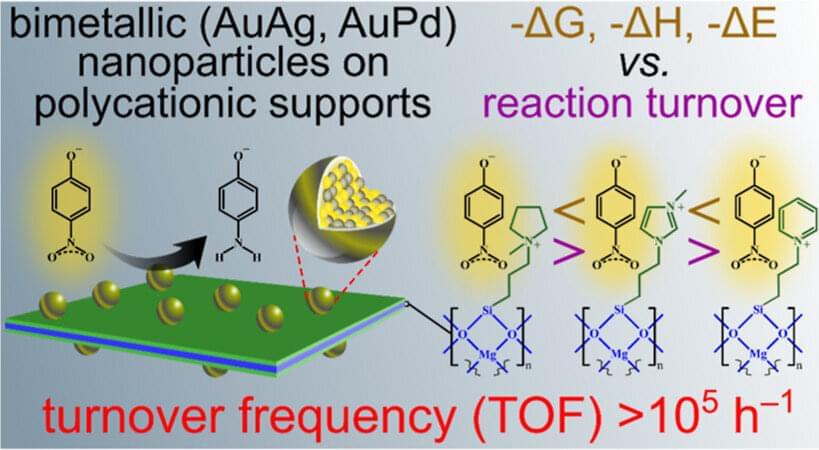
Microscopic materials made of clay, designed by researchers at the University of Missouri, could be key to the future of synthetic materials chemistry. By enabling scientists to produce chemical layers tailor-made to deliver specific tasks based on the goals of the individual researcher, these materials, called nanoclays, can be used in a wide variety of applications, including the medical field or environmental science.
A paper describing this research is published in the journal ACS Applied Engineering Materials.
A fundamental part of the material is its electrically charged surface, said Gary Baker, co-principal investigator on the project and an associate professor in the Department of Chemistry.
This video, which is a part of the Distinguished Lecture Series by Trivedi School of Biosciences, Ashoka University, Prof. Jack W. Szostak discusses why life began with RNA. Why was Ribose sugar chosen in the primordial soup, and not several other alternative sugars that may have been available? He shows this using elegant experiments that include chemistry and structural biology.
Distinguished Speaker: Prof. Jack W. Szostak.
2009 Nobel Laureate in Physiology or Medicine.
#structuralbiologylecture #nobellaureate #medicine
Nobel laureate Jack Szostak from University of Chicago delivered the Eyring General Lecture on March 17, 2023 at Arizona State University. Please click here to learn more about Dr. Szosta and the distinguished Eyring Lecture Series at ASU. https://news.asu.edu/20230309-nobel-laureate-jack-szostak-de…series-asu.
#chemistry #research @arizonastateuniversity @ASUNews
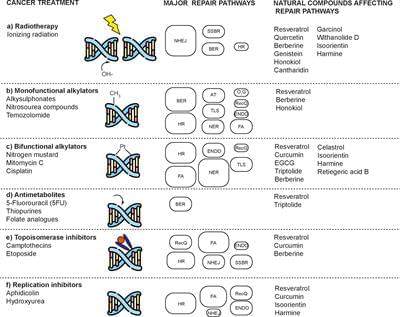
Resistance to current cancer treatments is an important problem that arises through various mechanisms, but one that stands out involves an overexpression of several factors associated with DNA repair. To counteract this type of resistance, different drugs have been developed to affect one or more DNA repair pathways, therefore, to test different compounds of natural origin that have been shown to induce cell death in cancer cells is paramount. Since natural compounds target components of the DNA repair pathways, they have been shown to promote cancer cells to be resensitized to current treatments. For this and other reasons, natural compounds have aroused great curiosity and several research projects are being developed around the world to establish combined treatments between them and radio or chemotherapy. In this work, we summarize the effects of different natural compounds on the DNA repair mechanisms of cancer cells and emphasize their possible application to re-sensitize these cells.
Day by day we are exposed to chemical carcinogens in the environment, ultraviolet (UV) radiation, ionizing radiation, and also those substances produced in our body during cellular metabolism that attack and produce a variety of DNA injuries. Each lesion favors the development of alterations in DNA and chromosomes, which favors oncogenic transformation and tumor progression. In order to reduce the number of changes in the genome and its instability, cells have several pathways of response to damage and DNA repair proteins that eliminate these lesions. DNA adducts, such as those created by alkylating agents, can be cleaved and repaired by base excision repair (BER) or by nucleotide excision repair (NER), depending on whether it is necessary to remove only a nitrogenous base or a nucleotide. Also, O-6-methylguanine-DNA methyltransferase (MGMT), an alkyltransferase, eliminates alkylations.

Scientists specializing in chemical and environmental engineering at the University of California, Riverside have discovered two types of bacteria in the soil capable of breaking down a class of stubborn “forever chemicals,” giving hope for low-cost biological cleanup of industrial pollutants.
Assistant Professor Yujie Men and her team at the Bourns College of Engineering have found that these bacteria are able to eradicate a specific subgroup of per-and poly-fluoroalkyl substances, known as PFAS, particularly those that contain one or more chlorine atoms within their chemical structure. Their findings were published in the scientific journal, Nature Water.
Unhealthful forever chemicals persist in the environment for decades or much longer because of their unusually strong carbon-to-fluorine bonds. Remarkably, the UCR team found that the bacteria cleave the pollutant’s chlorine-carbon bonds, which starts a chain of reactions that destroy the forever chemical structures, rendering them harmless.

New standard for green hydrogen technology set by Rice U. engineers.
Rice University engineers can turn sunlight into hydrogen with record-breaking efficiency thanks to a device that combines next-generation halide perovskite semiconductors with electrocatalysts in a single, durable, cost-effective and scalable device.
The new technology is a significant step forward for clean energy and could serve as a platform for a wide range of chemical reactions that use solar-harvested electricity to convert feedstocks into fuels.

Milk and colostrum have high biological potential, and due to their natural origin and non-toxicity, they have many uses in cosmetics and dermatology. Research is ongoing on their potential application in other fields of medicine, but there are still few results; most of the published ones are included in this review. These natural products are especially rich in proteins, such as casein, β-lactoglobulin, α-lactalbumin, lactoferrin, immunoglobulins, lactoperoxidase, lysozyme, and growth factors, and possess various antibacterial, antifungal, antiviral, anticancer, antioxidant, immunomodulatory properties, etc. This review describes the physico-chemical properties of milk and colostrum proteins and the natural functions they perform in the body and compares their composition between animal species (cows, goats, and sheep). The milk-and colostrum-based products can be used in dietary supplementation and for performing immunomodulatory functions; they can enhance the effects of certain drugs and can have a lethal effect on pathogenic microorganisms. Milk products are widely used in the treatment of dermatological diseases for promoting the healing of chronic wounds, hastening tissue regeneration, and the treatment of acne vulgaris or plaque psoriasis. They are also increasingly regarded as active ingredients that can improve the condition of the skin by reducing the number of acne lesions and blackheads, regulating sebum secretion, ameliorating inflammatory changes as well as bestowing a range of moisturizing, protective, toning, smoothing, anti-irritation, whitening, soothing, and antiaging effects.
Keywords: milk, colostrum, casein, β-lactoglobulin, α-lactalbumin, lactoferrin, growth factors, skin, regeneration, antimicrobial, cosmetics.
Although milk is known to be used as a raw material in the food industry, it is also widely used in the pharmaceutical and cosmetic industries due to its considerable biological potential. It has also been the subject of detailed analyses and discussions of its individual components and their properties [1, 2].